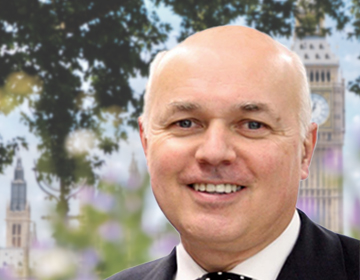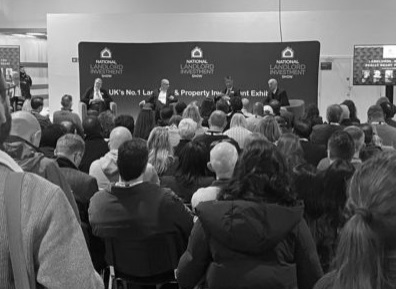The Exchequer received £370m less in stamp duty than the £700m it expected following major changes made by Osborne, fresh analysis reveals.
One way to help get the market moving again would have been to amend or abolish the 3% stamp duty surcharge on buy-to-let properties and second homes.
Following a stampede of buy-to-let activity earlier this year ahead of the introduction of the higher tax on additional homes in April, fewer investors are now adding to their property portfolios.
The latest seasonally adjusted monthly figures compiled by the Council of Mortgage Lenders show that the amount buy-to-let landlords borrowed fell on an annual basis, dropping 22% year-on-year to £2.8bn in September with the number of loans falling 6% from the previous month to 18,200 and representing a decline of 26% on September 2015.
Understandably, buy-to-let landlords wanted to see the 3% stamp duty surcharge on second homes, including buy-to-let properties, scrapped by the chancellor Philip Hammond, but unfortunately that did not happen.
“Slashing the rate of stamp duty would have been Philip Hammond’s single most effective fix for UK finances,” said Anthony Hesse, managing director, Property Personnel. “There is no more economically stimulating activity than house sales and purchases - so it would have been a tax cut that would largely have paid for itself. As a result, the continued stifling of the market is a missed opportunity for both the estate agency sector and the country.”
Tax relief changes
Some 440,000 basic-rate tax payers will be forced into a higher tax bracket from April 2017 once planned changes to landlord taxation comes in to force, according to the National Landlord Association (NLA).
As many of you will know, the existing rules that permit landlords to offset all of their mortgage interest against tax will, from April 2017, be phased out, restricting the amount of mortgage interest landlords can offset against tax on their property investments.
By April 2020, once they have been withdrawn altogether, the disastrous consequences of Section 24 will mean that it is likely that higher-rate tax payers will only receive 50% of the relief that they currently get, with various experts having already warned that landlords will be left with little alternative but to pass higher costs on to tenants.
“This [tax] policy will push 44% of basic rate tax-paying landlords into a higher bracket, forcing them to either sell up and end perfectly happy tenancies, or increase rents,” said Richard Lambert, chief executive officer at the NLA.
Amid reports that many buy-to-let landlords plan to increase rents to offset tax hikes from April next year, James Davis, CEO and founder of Upad, last week said that he feared that tenant defaults could soar because many renters will struggle to meet inflated rent prices, and that was before it was announced that letting agents in England will be banned from charging fees to tenants, which could result in even higher rent increases.
We're excited to announce that we're working on building a shiny new website for readers of Landlord Today! As part of this process, commenting on articles will be temporarily disabled. We look forward to sharing our new and improved Landlord Today website with you shortly!





.png)

(1).png)







.jpg)






%20(002).png)





